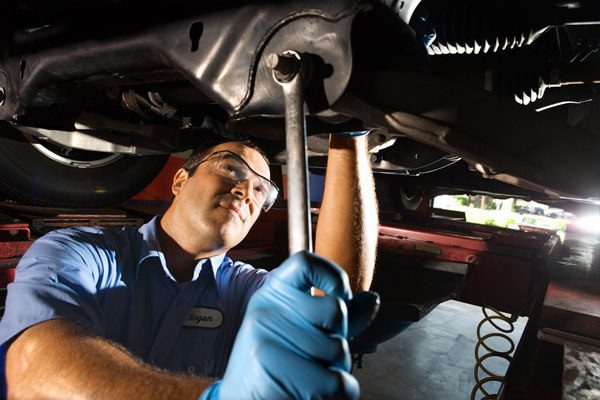Manage Your Inventory
Unfortunately, there is still a lot of guesswork that goes into inventory planning at many dealerships. This does not have to be the case in our modern age. There are many tools available (that we will talk about later in the article) that can help you better understand what is selling and what is not, how much and how often. You should also be very in tune with lost sales opportunities from parts requests that are not in stock. The better understanding you have of your own inventory and market demands, the more efficiently you can manage your inventory, and generate greater profits with less money and effort.
Monitor Key Metrics
One way to manage your department more efficiently is to monitor your department’s performance metrics. You should be intimately aware of your inventory turns, fill rates, and ratios of internal, external, wholesale, counter, and online. These metrics will shed great light on areas where you can improve efficiency.
Give Priority to Internal Orders
Your dealership makes more money selling parts internally to your own service department than it does selling to external customers. This is true regardless of your markup on the parts themselves. When you sell internally, your parts department makes a profit, but your service department is capable of making an even greater profit percentage on the labor hours. It is a win-win for your dealership.
Whenever a service technician has to wait for a part that is not on your shelves, or that is not easily accessible at the back counter, it affects the overall efficiency of your dealership. This relates to point 1 and 2 in that you need to understand your internal demand for parts and tailor your inventory and your sales process to meet that demand first.
Embrace Technology
We live in a fast-paced, technologically advanced world. With the right software, and program integrations you can intuitively know what is selling and what requests have been made that were not in stock. There are also programs like Vendor Managed Inventory (VMI), that allows you to order replacement inventory automatically as it sells. E-commerce is another huge opportunity for efficiency and incremental sales growth. If your parts department has an online presence, you should consider integrating your inventory with one of the many ecommerce platforms available. This will allow visitors to your site to simply click the “buy” button to have a part shipped to them or set aside for pickup. Embracing e-commerce can greatly reduce the time spent on the phone by your parts advisors.
Personnel are Key
At the end of the day, technology and automation cannot replace people. In order for your department to run efficiently, you need the right people in the right positions. Key personnel starts with the parts manager. The parts manager has to be someone you can trust that will have the dealership’s best interests at heart and not be manipulating the system for personal gain. There is a lot of room in a parts department for secrets to hide, so a manager with integrity is key. Next, consider the demands of different positions within the parts department. For example, your front counter personnel must be good with customer service and sales. Your back counter personnel need to be able to get along with technicians, but also they need to understand the repair process and how they can improve the overall process. If someone is in the wrong position, move them to an assignment that better suits their personality and skills.








